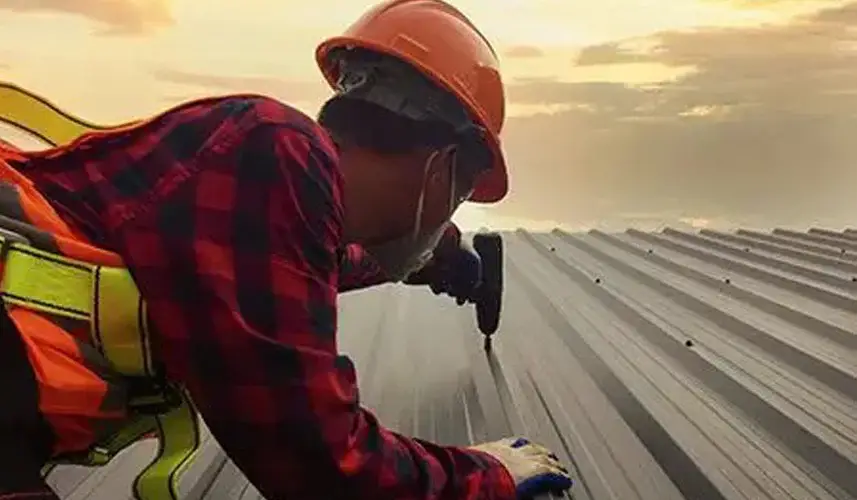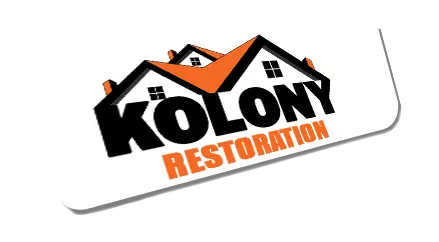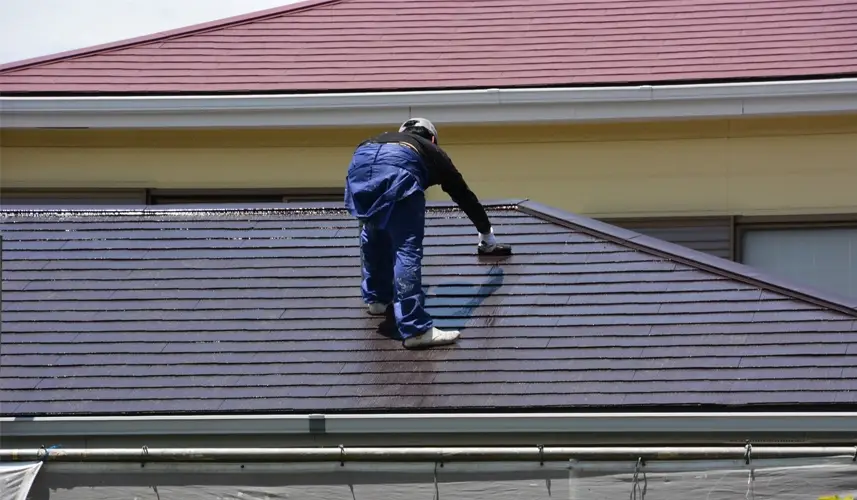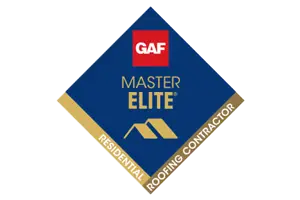
DIY Roofing: Affordable And Innovative Material Solutions
A Cost-Effective Material For DIY Roofing
If you’re considering updating your roof without breaking the bank, Kolony Restoration offers practical solutions through DIY roofing, utilizing affordable and innovative materials. We provide free estimates and have a wealth of information available in our FAQs to help guide you through your project. Whether you’re looking for the most cost-effective materials or innovative DIY alternatives, we’re here to help. If you have any questions or need further guidance, don’t hesitate to call us at (630) 398-0132.
Budget-Friendly Options For DIY Roofing
Learn cost-effective materials that reduce expenses without compromising quality, perfect for homeowners on a budget.
• Using Cheap DIY Roofing Material
When tackling a roofing project, the cost of materials can quickly add up. Opting for cheap DIY roofing material can significantly cut down expenses. These materials often include options like asphalt shingles, which are both economical and easy to install. Homeowners can purchase these materials at local hardware stores or building supply outlets, often benefiting from bulk purchase discounts.
• Cheapest Roofing Material For House
For those seeking the cheapest roofing material for house, rolled roofing stands out as a practical choice. This material is not only affordable but also simple to lay down, making it ideal for large surfaces with low slopes. When comparing prices, consider the longevity versus cost to ensure you are making a sound investment. Simple installation tips can further reduce costs, such as proper measurement and alignment techniques to minimize waste.
Alternative Roofing Materials Worth Considering
Consider eco-friendly and unconventional roofing materials that offer unique aesthetics and enhanced durability.
DIY Alternative Roofing
Checking DIY alternative roofing options can lead to innovative and environmentally friendly choices. Materials like recycled rubber and metal roofing are gaining popularity for their sustainability and unique aesthetic. These materials often offer enhanced durability against extreme weather, which might be a crucial factor depending on your location.
Benefits Of Upcycling In Roofing
Upcycling materials for roofing not only saves money but also contributes to environmental conservation. Using recycled plastics or reclaimed wood can create visually striking designs that are both functional and sustainable. Highlighting case studies or examples of successful upcycled roofs can provide inspiration and confidence to those considering this route.

Installation Techniques For The Non-Professional
Learn straightforward installation methods and essential tools required to successfully undertake a DIY roofing project.
• Basic Skills And Tools Needed
Embarking on a DIY roofing project requires some basic skills and a set of tools. Understanding how to safely navigate the roof and which tools are essential for the job—such as hammers, nails, and sealants—will prepare you for the tasks ahead. A basic knowledge of roofing techniques, like shingle layering and flashing installation, is also crucial.
• Step-By-Step Installation Guide
A detailed guide can demystify the process of installing a new roof. Starting with the removal of old roofing, to laying down underlayment, and finally aligning and securing new shingles or panels, each step should be clearly outlined. Highlight common mistakes, such as improper nail use or poor shingle alignment, and how to avoid them to ensure a successful installation.
1. Preparation And Removal Of Old Roofing:
Begin by removing any existing shingles, tiles, or roofing material. Use a roofing fork or shingle remover to lift and discard the old materials. It’s important to wear gloves and protective eyewear during this process to prevent injuries from sharp objects or debris.
Check the wooden sheathing underneath for any signs of damage or rot. Replace any compromised sections to ensure a solid foundation for the new roof.
2. Installing The Underlayment:
Roll out the underlayment material, starting from the bottom edge of the roof and working your way up. This provides an additional barrier against water and weather. Make sure the edges overlap by at least six inches to prevent water seepage.
Secure the underlayment with roofing staples or nails, spaced about six inches apart. Ensure that the surface is smooth and free of wrinkles, which can cause issues when laying shingles or panels.
3. Aligning And Installing Shingles Or Panels:
Begin at the lower corner of the roof and place the first shingle or panel. It’s crucial to ensure that it is perfectly aligned with the edge of the roof for a clean, straight appearance.
Continue laying the shingles in a staggered pattern, ensuring each one overlaps the previous one according to the manufacturer’s instructions. For panels, ensure each is securely interlocked or overlaid as required.
Use roofing nails to secure each shingle or panel. Nails should be placed below the tar line and not too close to the edges to avoid splitting.
4. Sealing And Finishing Touches:
Apply roofing cement under the edges of shingles around the perimeter of the roof and in areas prone to high winds. This helps to secure the edges and prevent them from lifting.
Install flashing around chimneys, skylights, and along the joints of the roof to prevent water ingress. Ensure that these are sealed and securely fastened.
Inspect the entire roof to make sure every component is aligned correctly, and there are no gaps or misaligned shingles or panels.
Longevity And Maintenance Of DIY Roofing
Understand maintenance practices that extend the life of your roof and ensure it remains in top condition year-round.
• Ensuring Your Roof Lasts
The longevity of your roof greatly depends on regular maintenance. Simple routines, such as clearing gutters and checking for damaged shingles, can prevent larger issues. Seasonal inspections, particularly after harsh weather, are crucial to maintain the integrity of the roof.
• Cheap Roofing Panels: A Durable Choice
Among the most durable options are cheap roofing panels. These panels are not only cost-effective but also known for their resistance to harsh climates and ease of maintenance. Detailing the specific advantages of these panels, like their UV resistance and how they contribute to lowering energy costs, can guide homeowners in making an informed choice. Maintenance tips for these panels include regular cleaning and checking for any signs of wear or corrosion.
Roofing projects can seem daunting, but with the right materials and guidance, they can be both manageable and budget-friendly. Kolony Restoration is here to guide you on your DIY endeavors with high-quality, low-cost roofing options and expert advice. Check out our customer reviews to see the success other homeowners have achieved with our help. If you’re ready to start your roofing project, or if you have any questions, call us today at (630) 398-0132 for a free estimate and start building a stronger, more beautiful home.











 Powered by
Powered by